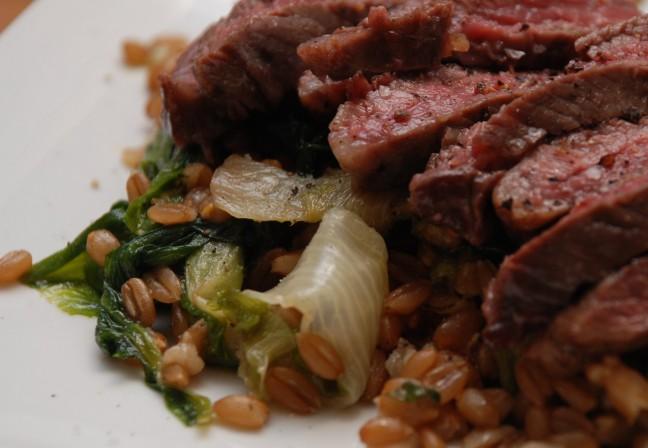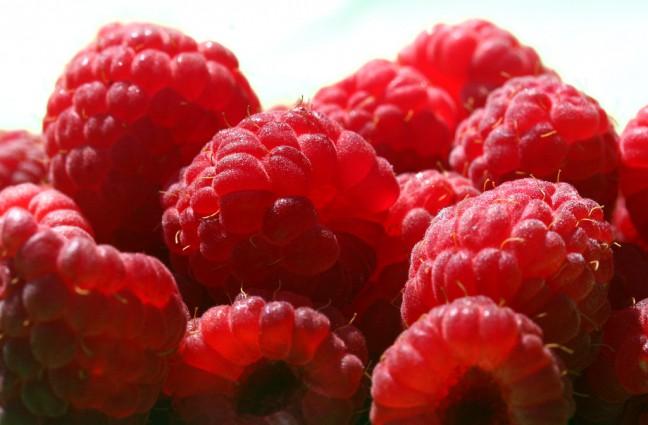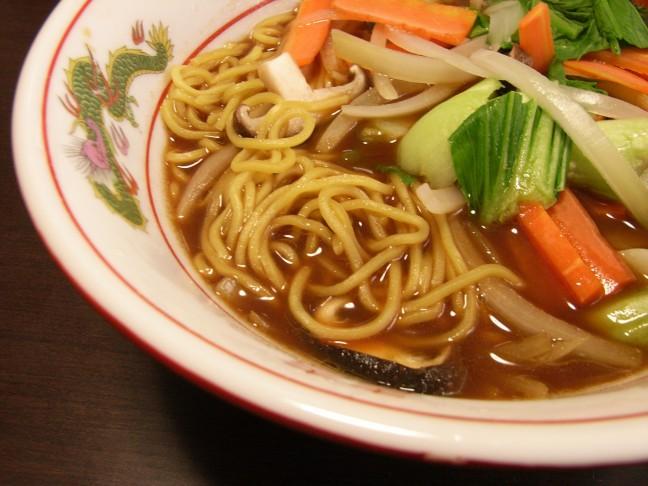It’s no secret that college life can be draining. Pulling all-nighters studying for exams, staying up late on the weekends and waking up “early” for 11:00 a.m. kick-offs at Camp Randall can leave little time for sleep.
When students need an extra boost, many of us turn to coffee, tea, energy drinks or other supplements. But does anyone ever stop and wonder what is actually in this stuff or is it even remotely healthy? Read on to get the latest information on your favorite energy-boosting beverages.
Coffee
The original morning pick-me-up, everyone has probably heard the myth that coffee stunts growth. But the latest research says that overall your cup of joe is actually a safe choice. The Harvard Medical School says although coffee can raise cholesterol levels, the most recent scientific evidence shows that the antioxidants present in coffee may be beneficial to health.
Studies from 2004 and 2005 have shown that coffee may have protective effects against certain types of cancer and Type II diabetes.
So, how much is too much? The Mayo Clinic advises that to avoid negative side effects of irritability, restlessness and anxiety you should limit it to less than three to four cups, or 300 – 400 mg of caffeine per day.
Tea
The healthy healer: Is it true? Tea is the most consumed beverage in the world after water. Recently, many tea varieties – especially green tea – have been studied for their antioxidant potential. The recent literature suggests that consuming tea may help prevent cancer. The polyphenols, a group of plant chemicals, in tea are thought to be responsible for these correlations, but more evidence is needed to confirm these theories.
High consumption of certain types of black tea can decrease iron absorption and also affect vitamin C status. To avoid these negative effects one should choose green or white tea varieties and, like coffee, consume less than three to four cups per day.
Like coffee, tea’s energy-boosting property comes from caffeine. A maximum of three to four 8 oz. servings of tea per day will also keep you within the recommended 300 – 400mg range. White and green tea have about 50 percent less caffeine per serving than black varieties if you are looking for the lowest caffeine option.
Energy Drinks
Friend or foe? Energy drinks often get a bad rap. These beverages often boast a high caffeine content and usually contain other ingredients such as ginseng or guarana, both of which claim to boost energy. But if coffee contains caffeine too, why do these beverages get such a bad reputation?
The number one drawback of consuming these types of energy-boosters is their sugar content. High consumption of sugar-sweetened beverages, like soda or energy drinks, has been linked to weight gain and increased risk of Type II diabetes.
The second drawback of energy drinks is the heightened caffeine content per bottle or can. Most varieties of energy drinks contain 80-100 mg of caffeine per 8 oz serving. However, most varieties contain more than one serving per can and can contain as much as 250 mg per can. It is suggested that to avoid adverse side effects a person should consume less than 300-400 mg of caffeine per day. That means that in some cases more than just one of these beverages per day can put you at risk for irritability, restlessness, nervousness and even abnormal heart rhythms. It should also be noted that combining these drinks with alcohol can have negative effects. Recent studies showed that although participants consuming mixed beverages containing alcohol and energy drinks reported not feeling intoxicated, they still performed poorly on motor coordination and reaction time tests.
If you’re going to choose an energy drink, try a sugar-free variety, make sure you keep track of how many servings you are actually drinking and avoid mixing with alcohol.
Energy shots
What the heck is in these? There are many energy-boosting supplements on the market that boast a long list of additives such as carnitine, B-vitamins or taurine that supposedly give a higher energy boost than caffeine alone. However, currently there is no scientific evidence to support the claims these companies make that the substances increase endurance or energy.
Regardless of whether they actually work or not, the question remains if these substances are actually sage. Since they are “dietary supplements” and not food, the FDA only requires that manufacturers use ingredients that are already “generally recognized as safe,” but does not test these substances in the same way as medicines or other foods.
Also, labeling regulations only require that companies do not give out any “misleading information,” so manufacturers do not need to pose the content of caffeine or other ingredients of their products.
That being said, if you wish to play it safe you may want to avoid this type of supplements altogether and choose coffee or tea, or simply take a nap to give yourself the energy boost you need.
So there you have it: Not all energy-boosting beverages are created equal, and each has its own positive and negative effects. It’s up to you which one you prefer, but the best choice is always going to get seven to eight hours of sleep to keep you going.
Recipe of the week:
This week’s recipe is a fun coffee treat perfect for an autumn energy boost. It also uses less sugar than the average coffee-shop variety.
Homemade Pumpkin Pie Latte
Ingredients:
1 1/2 cups vanilla soy milk
1-2 shots espresso OR 1/2 cup strongly brewed coffee
1 1/2 tbsp canned pumpkin (unsweetened)
1-2 tsp sugar or splenda (sweeten to your own preference)
1/2 tsp pumpkin pie spice OR cinnamon/nutmeg mixture
1/2 tsp vanilla extract
Directions:
-
In a small soup pan heat the soy milk and espresso/coffee. If you are using coffee and not espresso, you can add it directly to the pan now. But if you do use fresh, hot espresso, add it last.
-
Stir all ingredients until simmering. Make sure the pumpkin dissolves into the milk base well and that the spices don’t clump. I recommend using a whisk.
-
When mixture is at a low to medium boil, remove it from heat, pour into a serving mug and set aside to cool. Let cool 1-2 minutes and top with a dollop of light whipped topping and dash of pumpkin spice or cinnamon.

























